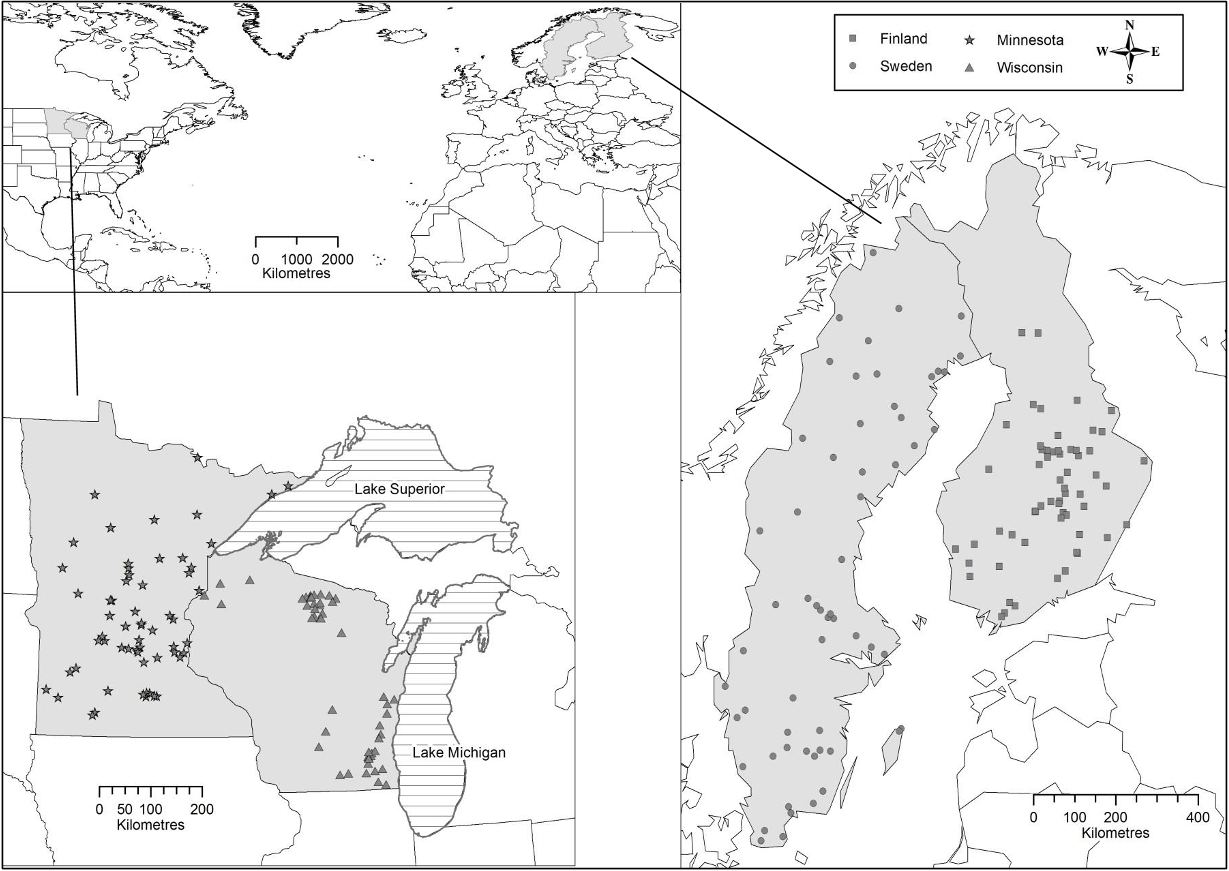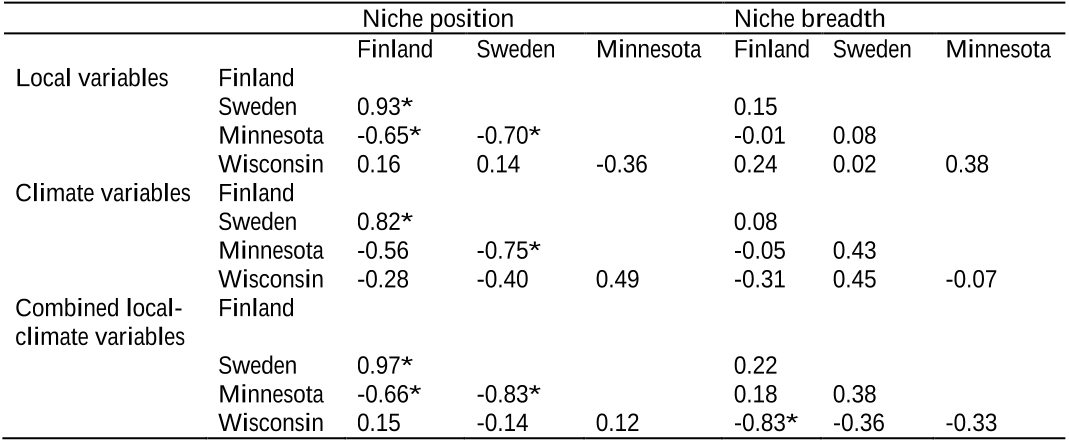




Did you find this useful? Give us your feedback










114 citations
...…related to, for example, ecosystem functioning (Symstad et al., 2003) and resilience (Folke et al., 2004), biogeographical regionalization (Divisek et al., 2016), niche conservatism (Alahuhta et al., 2017), species conservation (Brooks et al., 2008) and ecosystem services (Naidoo et al., 2008)....
[...]
..., 2016), niche conservatism (Alahuhta et al., 2017), species conservation (Brooks et al....
[...]
54 citations
35 citations
34 citations
22 citations
...Another line of evidence comes from a recent study showing that the niche of aquatic plants is not conserved among different regions (Alahuhta et al., 2017)....
[...]
61 citations
61 citations
...97 98 Recently, dispersal has also been included in the set of important processes affecting the 99 relationship between realised niches and geographical distributions (Soberón 2007, Soberón and 100 Nakamura 2009, Godsoe 2010, Peterson 2011)....
[...]
...351 352 DISCUSSION 353 354 Species’ niches and dispersal-related processes have recently been considered when studying niche 355 conservatism in relation to their geographic distributions (Soberón 2007, Godsoe 2010, Peterson 356 2011)....
[...]
59 citations
...Survey methods are described in detail for Finland in 179 Alahuhta et al. (2013), for Sweden in Naturvårdsverket (2010), for Minnesota in Alahuhta (2015), 180 and for Wisconsin in Sass et al. (2010)....
[...]
...In addition, the high degrees of unexplained variation using modern statistical methods are 510 commonly reported for various freshwater species and communities (Mikulyuk et al. 2011, 511 Grönroos et al. 2013, Alahuhta 2015, Heino et al. 2015)....
[...]
...The latter reasoning is also indirectly supported by previous research on Midwestern 425 macrophytes (Sass et al. 2010, Alahuhta 2015)....
[...]
...Water chemistry of Minnesota was based on 224 the average value of multiple samples taken in 2004; however, these values correlated strongly 225 (rSpearman > 0.8) with the long-term water chemistry averages (Alahuhta 2015)....
[...]
...These results emphasise that local variables dominate over 368 climate constraints in affecting the distributions of aquatic macrophyte species at regional extents, 369 corroborating previous findings for entire macrophyte communities (see also Kosten et al. 2011, 370 Alahuhta 2015)....
[...]
57 citations
...…spatial extents (Hawkins et al. 2014, Wasof 71 et al. 2015), while niche shifts in space and time are less frequently investigated using fine-grained 72 data (i.e., samples from local ecosystems) at broad spatial extents (but see Bennett et al. 2010, 73 Valdujo et al. 2013; Wasof et al. 2013)....
[...]
...We emphasise, similarly to Wasof et al. (2013), that the explanatory variables used 507 are directly associated with actual ecological mechanisms, which determine the niche for each of 508 the macrophyte species (Rørslett 1991, Toivonen and Huttunen 1995, Vestergaard and Sand-Jensen 509 2000)....
[...]
...…are interested in knowing 92 how species’ niche positions and niche breadths vary in relation to local habitat variables 93 (Boulangeat et al. 2012, Wasof et al. 2013, Heino and Grönroos 2014), and potential niche shifts 94 can be observed from differences in these habitat niche parameters for…...
[...]
...371 372 Our study is one of the few studies where niche conservatism has been investigated using fine-373 grained survey data from local ecosystems within different regions and continents (see also Bennett 374 et al. 2010, Valdujo et al. 2013, Wasof et al. 2013)....
[...]
...A 468 similar finding has been made for understorey plants of temperate forests (Wasof et al. 2013)....
[...]
51 citations
...Considering the tolerance index, generalist species have a 299 wide niche breadth, occurring in wide variety of habitats, whereas specialist species are restricted to 300 a narrow range of environmental conditions (Dolédec et al. 2000, Heino and Grönroos 2014)....
[...]
...In the OMI index, species with high values of niche position have 297 marginal niches, and species with low values of niche position have non-marginal niches (Dolédec 298 et al. 2000, Heino and Grönroos 2014)....
[...]
...…knowing 92 how species’ niche positions and niche breadths vary in relation to local habitat variables 93 (Boulangeat et al. 2012, Wasof et al. 2013, Heino and Grönroos 2014), and potential niche shifts 94 can be observed from differences in these habitat niche parameters for the same species…...
[...]